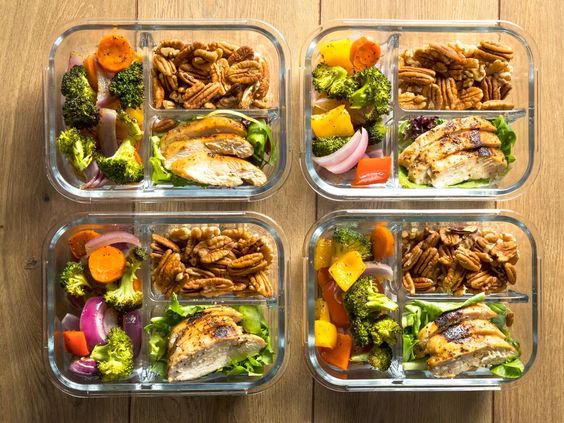Introduction:
Weight management can often feel like a puzzle, with numerous factors at play. While diet and exercise are crucial pieces, portion control often emerges as the missing link for many. It's not always about restricting foods or following complicated diets; sometimes, it's simply about understanding appropriate serving sizes.

Portion control can be the key to achieving sustainable weight management. By understanding how much we consume, we can make conscious choices that support our goals without feeling deprived. This approach promotes a balanced relationship with food and helps prevent overeating, leading to more successful and enjoyable weight management journeys.
Understanding Portion Sizes
A common misconception is equating serving size with portion size. While serving size is a standardized measurement found on food labels, portion size refers to the amount of food you choose to eat at a time. Learning to differentiate between the two is crucial for effective portion control.
- Read Food Labels: Pay close attention to serving sizes listed on food labels.
- Visual Cues: Familiarize yourself with common measurements using your hand or everyday objects. For example, a serving of protein is often comparable to the size of your palm, while a half cup of cooked rice is roughly the size of a computer mouse.
- Measure at Home: When initially implementing portion control, using measuring cups and spoons can provide a visual understanding of appropriate serving sizes.
Practical Portion Control Tips
Implementing portion control doesn't have to be complicated. Here are some practical tips to incorporate:
- Plate Method: Divide your plate into sections, allocating half for vegetables, one quarter for lean protein, and one quarter for carbohydrates.
- Pre-portion Snacks: Instead of eating directly from a large bag, pre-portion snacks into smaller containers or bags.
- Listen to Your Body: Pay attention to your hunger cues. Eat when you're genuinely hungry and stop when you feel comfortably satisfied, not overly full.
- Mindful Eating: Avoid distractions like television or smartphones while eating. This allows you to focus on your food, savor each bite, and recognize your body's fullness signals.





